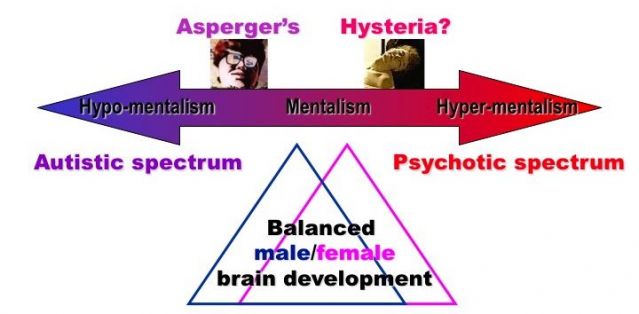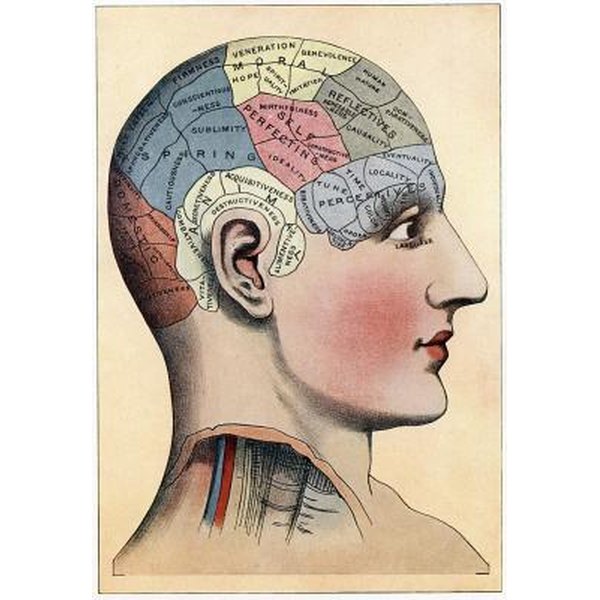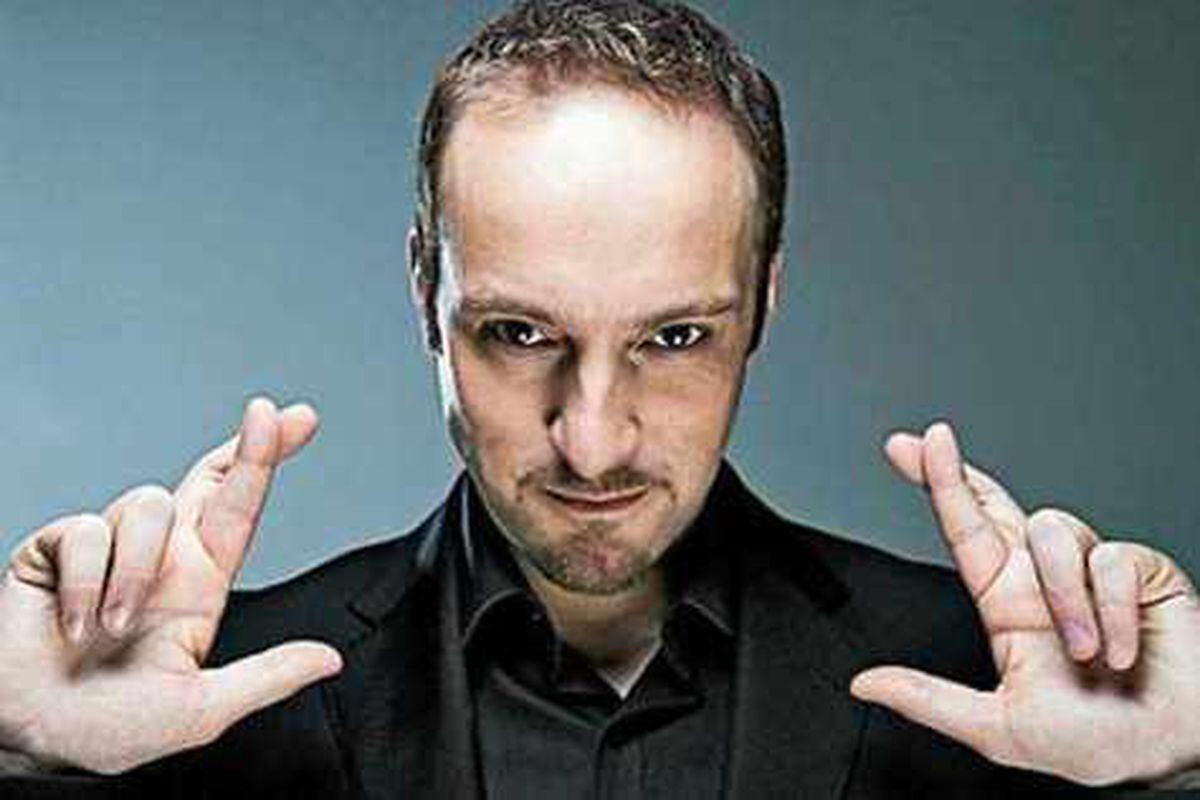What is mentalism in psychology
Home » » What is mentalism in psychologyYour What is mentalism in psychology images are ready in this website. What is mentalism in psychology are a topic that is being searched for and liked by netizens now. You can Download the What is mentalism in psychology files here. Download all free photos and vectors.
If you’re searching for what is mentalism in psychology images information connected with to the what is mentalism in psychology topic, you have come to the ideal site. Our website always gives you suggestions for refferencing the maximum quality video and image content, please kindly search and locate more enlightening video content and images that match your interests.
What Is Mentalism In Psychology. Some of the most common mentalism tricks are hypnosis, clairvoyance, telepathy, divination, precognition, mind control, memory feats, and. Mental imagery, consciousness and cognition, as in cognitive psychology. It appears so real, that people believe mentalists have a ‘sixth’ or seventh sense that is usually not present in common human beings. It is a piece of psychology that was part of the original founding of the field, as psychology originally focused on only thought or cognitive processes.
 Alegna Solutions Psychology Sports Psychology From alegnasolutions.com.au
Alegna Solutions Psychology Sports Psychology From alegnasolutions.com.au
Mentalism interacts with many other fields such as philosophy, psychology and social neuroscience. They are able to pick up on this behavior and get insight into what they might be thinking. But when we look further into the term mentalism in psychology, psychologists or in particular behaviourists are very much interested in human behaviour. It is a piece of psychology that was part of the original founding of the field, as psychology originally focused on only thought or cognitive processes. An “armchair mentalist” who doesn’t perform for real people is not a mentalist. Which theory of idealism is called mentalism?
Argues the existence of the sometimes considered hypothetical processes of thinking and feeling as infact real and exist
Argues the existence of the sometimes considered hypothetical processes of thinking and feeling as infact real and exist Click to see full answer. They are able to pick up on this behavior and get insight into what they might be thinking. An “armchair mentalist” who doesn’t perform for real people is not a mentalist. On the other hand, money and professionalism is not the main factor. Mentalism interacts with many other fields such as philosophy, psychology and social neuroscience.
 Source: slideshare.net
Source: slideshare.net
Traditional psychology is mentalistic in the sense that it appeals to inner causes in the explanation of behavior. Mentalism interacts with many other fields such as philosophy, psychology and social neuroscience. A true mentalist is a master of human psychology and understands how someone’s mental state affects their behavior; Mental imagery, consciousness and cognition, as in cognitive psychology. What is the difference between mentalism and behaviorism?
 Source: gigsalad.com
Source: gigsalad.com
Performances may appear to include hypnosis, telepathy, clairvoyance, divination, precognition, psychokinesis, mediumship, mind control, memory feats, deduction, and rapid mathematics. Mentalism is all about psychology and how it relates to human behavior. Traditional psychology is mentalistic in the sense that it appeals to inner causes in the explanation of behavior. We as humans have limited cognitive resources, heuristics or cognitive biases and patterns of behavior. Mental imagery, consciousness and cognition, as in cognitive psychology.
 Source: pabloamirapenguinlive.blogspot.com
Source: pabloamirapenguinlive.blogspot.com
Two examples of mentalism in traditional psychology are (a) dispositional attributions and (b) conventional treatments of intelligence. We as humans have limited cognitive resources, heuristics or cognitive biases and patterns of behavior. These examples may be linked to such pernicious. Argues the existence of the sometimes considered hypothetical processes of thinking and feeling as infact real and exist Depending on the act, this can involve guessing the name of someone�s loved one, a card they chose out of a deck, or “connecting” to people that have died.
 Source: npr.org
Source: npr.org
Mentalism interacts with many other fields such as philosophy, psychology and social neuroscience. Depending on the act, this can involve guessing the name of someone�s loved one, a card they chose out of a deck, or “connecting” to people that have died. Mentalism represents a collection of psychological tricks and manipulations that practitioners, known as “mentalists,” use to create the illusion that they have supernatural abilities. Click to see full answer. Mentalism is a form of magic that relies on psychology.
 Source: psychologytoday.com
Source: psychologytoday.com
Mental imagery, consciousness and cognition, as in cognitive psychology. This is in opposition to disciplines, such as behaviorism , that see psychology as a structure of causal relationships to conditioned responses and seek to prove this hypothesis through �scientific� methods and experimentation. Philosophy the doctrine that mind is the fundamental reality and that objects of knowledge exist only as aspects of the subject�s consciousnesscompare. For example, mental imagery, consciousness and cognition, as in cognitive psychology.the term mentalism has been used primarily by behaviorists who believe that scientific psychology should focus on the structure of causal relationships to reflexes and. In psychology, mentalism refers to those branches of study that concentrate on perception and thought processes, for example:
 Source: alegnasolutions.com.au
Source: alegnasolutions.com.au
It appears so real, that people believe mentalists have a ‘sixth’ or seventh sense that is usually not present in common human beings. These examples may be linked to such pernicious. Argues the existence of the sometimes considered hypothetical processes of thinking and feeling as infact real and exist Click to see full answer. Both the social performer and the professional can be a mentalist as long as they take mentalism seriously.
 Source: classroom.synonym.com
Source: classroom.synonym.com
Philosophy the doctrine that mind is the fundamental reality and that objects of knowledge exist only as aspects of the subject�s consciousnesscompare. Mentalism focuses on mental perception + thought processes, but in many of the techniques used mentalists tap into the subconscious mind What is the difference between mentalism and behaviorism? Click to see full answer. An “armchair mentalist” who doesn’t perform for real people is not a mentalist.
 Source: expressandstar.com
Source: expressandstar.com
Some of the most common mentalism tricks are hypnosis, clairvoyance, telepathy, divination, precognition, mind control, memory feats, and. Mental imagery, consciousness and cognition, as in cognitive psychology. Some tricks that are a part of mentalism include mind reading and hypnosis. In psychology, mentalism refers to those branches of study that concentrate on perception and thought processes, for example: But when we look further into the term mentalism in psychology, psychologists or in particular behaviourists are very much interested in human behaviour.
This site is an open community for users to do sharing their favorite wallpapers on the internet, all images or pictures in this website are for personal wallpaper use only, it is stricly prohibited to use this wallpaper for commercial purposes, if you are the author and find this image is shared without your permission, please kindly raise a DMCA report to Us.
If you find this site good, please support us by sharing this posts to your own social media accounts like Facebook, Instagram and so on or you can also save this blog page with the title what is mentalism in psychology by using Ctrl + D for devices a laptop with a Windows operating system or Command + D for laptops with an Apple operating system. If you use a smartphone, you can also use the drawer menu of the browser you are using. Whether it’s a Windows, Mac, iOS or Android operating system, you will still be able to bookmark this website.